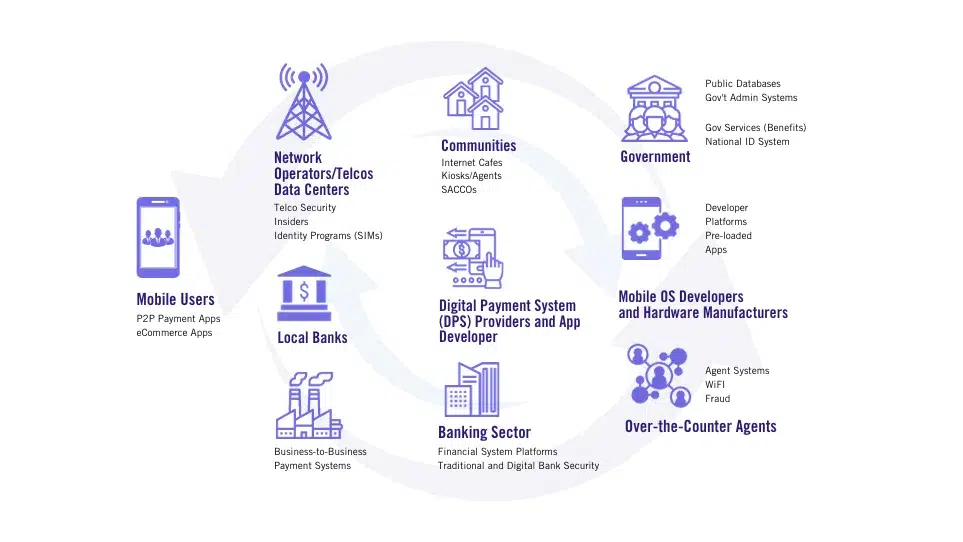
Securing the Digital Financial Ecosystem Abroad

Dr. Leila Ribeiro Technology Director, MITRE Engenuity Open Generation
Drone technology has enormous potential to revolutionize the way many services are performed. Still, growing the commercial potential of such uncrewed aircraft systems (UAS) will remain in a nascent stage until a balance is struck where industry stakeholders are able prove to regulators that their technology can operate safely, and regulators are able to incorporate stakeholder data into a streamlined regulatory process.
5G connectivity is key to continued safe operations. 5G enables more advanced communications with UAS devices, which can ultimately enable longer flights beyond operators’ visual line of sight (BVLOS). Specifically, stakeholders must demonstrate to the Federal Aviation Administration (FAA) and other regulators that Command and Control (C2) communications and Detect and Avoid (DAA) systems used by UAS satisfy minimum levels of acceptable risk.
5G has many promising business use cases, and UAS may be one of the most significant, as the industry’s high-stakes needs are poised to be uniquely enabled by 5G’s low latency, reliable connectivity, and huge data capacity. Regulatory approval for BVLOS operations in a normalized fashion would enable the next phase of commercial drone use across industries, including emergency response, infrastructure inspection, and logistics.
UAS and 5G stakeholders, including MITRE Engenuity Open Generation’s members, are actively collaborating on experiments designed to leverage 5G capabilities, and ultimately prove safe and reliable UAS BVLOS flight under various complicated circumstances.
The ongoing rollout of 5G infrastructure promises a path to commercialization for the UAS industry, but close stakeholder coordination is required for success. This collaboration is key, as it’s unlikely any single company or organization can handle the task alone. Testing environments and extensive R&D are costly, and findings from a single organization are less likely to impact standards and inform regulations than data consolidated from joint efforts that represent and benefit the entire industry.
The ongoing rollout of 5G infrastructure promises a path to commercialization for the UAS industry, but close stakeholder coordination is required for success. This collaboration is key, as it’s unlikely any single company or organization can handle the task alone.
That’s why Open Generation brings together diverse technical viewpoints and expertise from across industries to collaborate on experiments and strategies for shepherding 5G use cases into reality. Here’s a brief overview of that collaborative process:
The path to UAS commercialization promises to be complex and challenging, but Open Generation and its members are already making progress on their collaborative approach, recently announcing plans for the nation’s first 5G private network on an FAA-designated UAS test range.
The existence of this aviation range will help overcome one major barrier in R&D for BVLOS operations: the inability to test and operate drones in a safe, 5G-enabled BVLOS environment. Located in Rome, New York, the range will include approximately 65 square miles of BVLOS 5G testing area, enabling collection of meaningful data related to the dependability, latency, and bandwidth improvements unique to 5G.
With experimentation pending at the new 5G private testbed, Open Generation and its members are aiming to address crucial questions:
As we systematically confront tough technical challenges like C2 architecture for safe BVLOS operation, we unlock not only the life-changing applications of drones, but also help expand 5G capabilities applicable to more complex use cases, further advancing both current and future aviation systems.
Inspired? Join us. Open Generation welcomes UAS start-ups, wireless networks, standards bodies, academia, and other groups for membership.